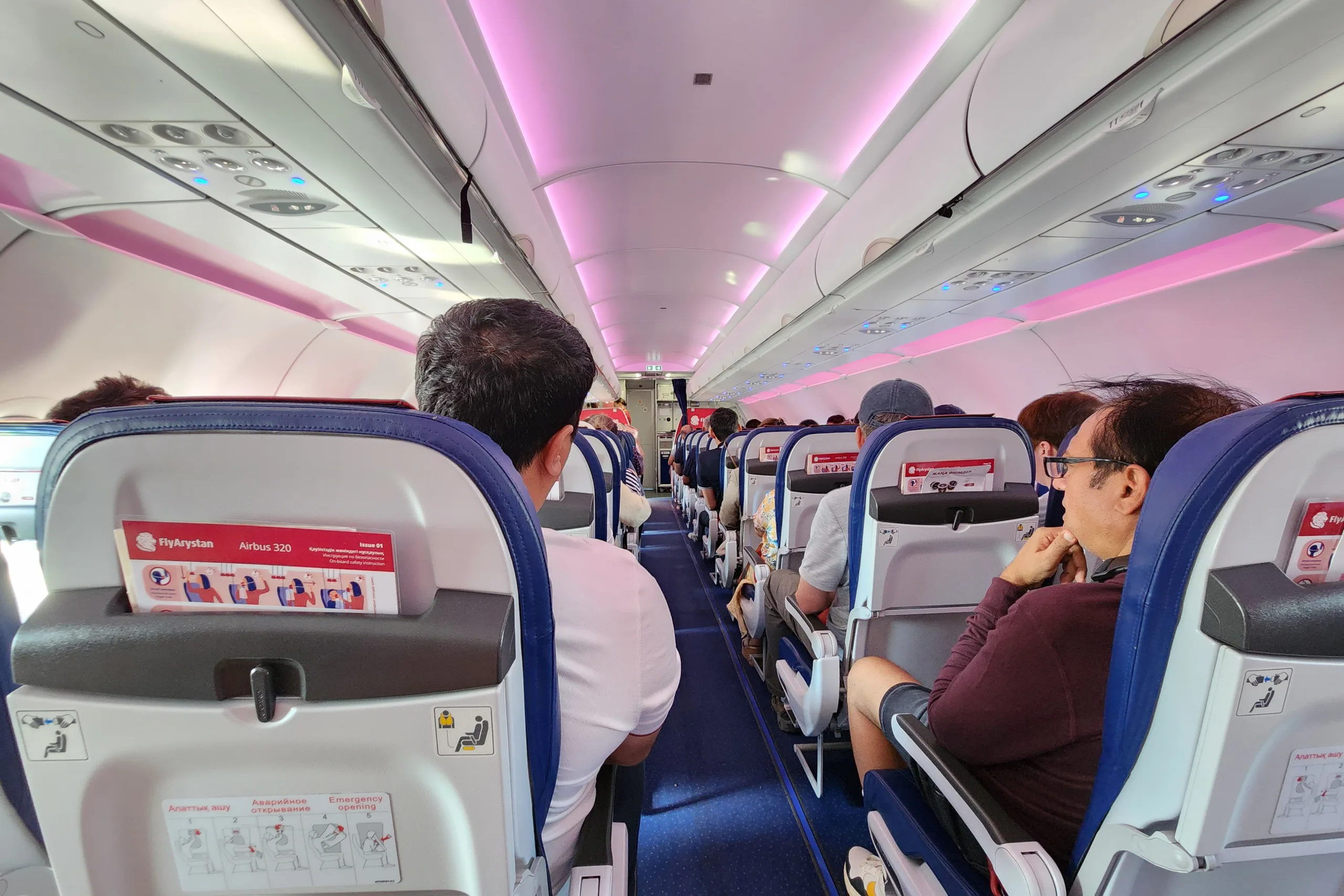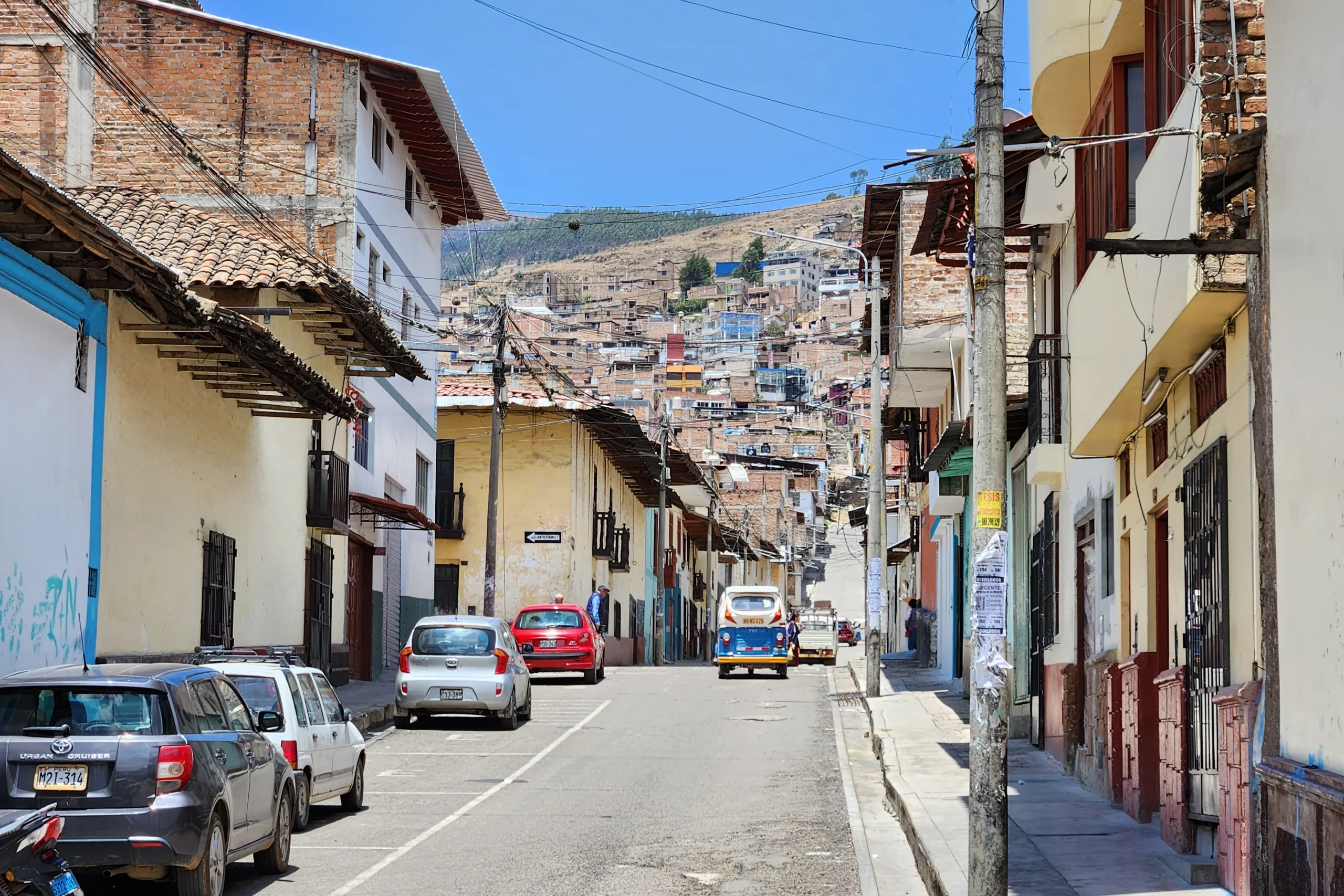While low-cost carriers have earned a bad rap in Canada, they are a way of life in many parts of the world, especially in countries where they’re integral to connecting cities, islands, and communities.
However, despite these carriers being an important part of the aviation industry, flying with low-cost airlines does come with accepting certain realities – like the lack of free food and drinks, no rewarding loyalty programs, and strict baggage rules that feel more like traps than policies.
There are also somewhat unique risks to flying with low-cost carriers, especially with regards to delays and cancellations.
Fortunately, as we’ll discuss below, there are great credit cards in the Canadian market that you can leverage to mitigate the realities of flying with low-cost airlines.
The Realities of Flying with Low-Cost Airlines
To understand the realities of low-cost airlines, you need to know that the low-cost model hinges on selling unbundled fares at low sticker prices in hopes that you’ll eventually pay more through ancillary fees like baggage, seat selection, and food.

However, it’s also perfectly fine if you’d prefer to go for the absolute bare minimum fare – as long as you set your expectations accordingly, and more importantly, follow the airline’s rules to the letter, especially when it comes to bag sizes.
We in Canada aren’t as used to low-cost carriers as the rest of the world. We’re used to having meals, snacks, or at least beverages when flying, and we’re used to having a carry-on included with our fare. That said, Canadian airlines have clearly been taking notes, quietly rolling out “ultra-low-cost” fares that somehow don’t include the one thing you need most: your bag.
So when a carrier like Flair Airlines strictly enforces its personal item size and charges for water, people naturally feel indignant, and many reminisce about the days when “flying was glamorous” and “people dressed up for flights.”
But elsewhere? Flying on low cost carrier is very common.
In Peru, people use low-cost flying to access highland cities like Cusco and Cajamarca, since a trip by land would take too long and would be perilous.


Meanwhile, in archipelagos like the Philippines, low-cost carriers connect its main islands, eliminating…
Click Here to Read the Full Original Article at Prince of Travel…